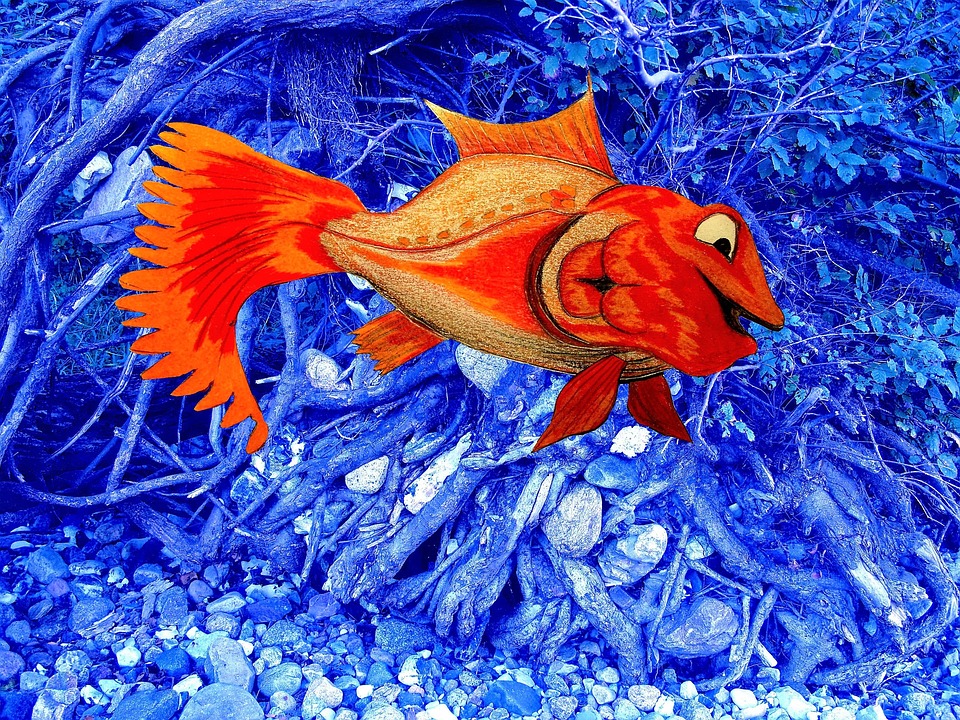Feeding fish in a tank may seem like a simple task, but it plays a vital role in maintaining their health and overall well-being. Understanding the feeding habits of fish is crucial to provide them with the right nutrition and keep them thriving in your aquarium. In this article, we will delve into the intricacies of fish feeding, including their dietary requirements, feeding techniques, and common FAQs.
Providing fish with a well-balanced diet is essential for their growth, vitality, and disease resistance. A balanced diet typically consists of proteins, carbohydrates, fats, vitamins, and minerals. It is important to research the specific dietary needs of your fish species to ensure they receive the nutrients they require.
Different fish species have varying dietary needs based on their natural feeding habits. Some fish are herbivores, consuming plant matter, while others are carnivores, feeding on other fish or invertebrates. Omnivorous fish have a diversified diet, consuming both plant and animal-based foods. Understanding the natural feeding habits of your fish species will help you provide them with the appropriate diet.
Determining the ideal feeding frequency depends on the species and age of your fish. Younger fish generally require more frequent feedings, while adult fish often thrive with one to two feedings per day. Overfeeding can lead to water quality issues, obesity, and compromised fish health. It is important to feed an amount that fish can consume within a few minutes.
Offering a variety of foods ensures that fish receive a wide range of nutrients. Commercial fish food, such as flakes, pellets, or freeze-dried options, can serve as a staple diet. Supplementing with live or frozen foods, like brine shrimp or bloodworms, adds diversity and stimulates natural feeding behaviors. This variety helps ensure that fish receive all the necessary nutrients for optimal health.
Monitoring feeding amounts is crucial to prevent overfeeding. It is important to feed an amount that fish can consume within a few minutes. Overfeeding leads to uneaten food sinking to the bottom, contributing to poor water quality and potential health issues. Observing fish behavior during feeding can help determine the appropriate amount.
Different fish types may require different feeding techniques. Surface-dwelling fish prefer floating or slow-sinking food, while bottom-dwelling species may require sinking pellets or tablets. Mid-water fish can adapt to a variety of feeding methods. Understanding the feeding preferences of your fish species will help ensure they receive their food in a way that is most natural and comfortable for them.
Here are some common questions about fish feeding:
Q1: How often should I feed my fish?
A1: Feeding frequency varies depending on the fish species and age. Younger fish may require multiple feedings per day, while adults generally thrive with one to two feedings.
Q2: Can I overfeed my fish?
A2: Yes, overfeeding can be detrimental to fish health. It leads to poor water quality, obesity, and potential diseases. Feed an amount that fish can consume within a few minutes.
Q3: What happens if my fish refuse to eat?
A3: Several factors can contribute to fish refusing food, such as stress, illness, or unsuitable water conditions. Monitor water parameters, ensure proper tank maintenance, and consult a fish health professional if the issue persists.
Q4: Is it necessary to offer live or frozen foods?
A4: While commercial fish food can provide adequate nutrition, live or frozen foods offer additional benefits. They promote natural feeding behaviors, provide essential nutrients, and enhance fish coloration.
In conclusion, understanding the feeding habits of fish in a tank is vital for maintaining optimal fish health and well-being. By providing a balanced diet, using appropriate feeding techniques, and addressing common concerns, you can ensure your fish thrive in their aquatic habitat. Remember, a well-fed fish is a healthy fish!









